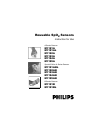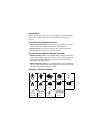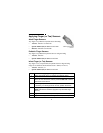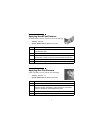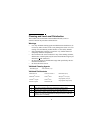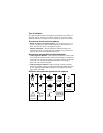4
Warnings (cont.)
• Where possible, the application site for the sensor should be an
extremity free of arterial catheters, blood pressure cuffs, or intravascular
infusion lines.
• Avoid sites subject to excessive motion. Try to keep the patient still, or
move the sensor to a site with less motion.
• Dysfunctional hemoglobin or intravascular dyes can cause inaccurate
measurements.
• Make sure the application site for the sensor is not deeply pigmented, or
deeply colored. For example, nail polish, artificial nails, dye or
pigmented cream may cause inaccurate measurements. In any of these
cases reposition the sensor or choose an alternative sensor for use at a
different site.
• Cover the sensor with opaque material under conditions of strong or
excessive light (infrared lamps, OR lamps, photo therapy). Failure to do
so can result in inaccurate measurements.
• Protect the connector from contact with any liquid.
• Inspect the sensor application site every 2 to 3 hours to ensure skin
integrity, correct optical alignment, and circulation distal to the sensor
site. Skin irritation or ulceration may occur if the sensor is attached to
one location for too long. Move the sensor application site every 4 hours,
or more often if circulation or skin integrity is compromised. If the light
source is not directly opposite the light detector, reapply the sensor, or
choose an alternative sensor for use at a different site.
• Do not use a sensor during MRI scanning. This may cause burns or
inaccurate measurements.
• M1191AL/M1191ANL/M1191BL only: Do not use these sensors with
an extension or adapter cable.
• M1195A/M1195AN only: Infant patients are prone to movement;
therefore, when applying a sensor to an infant, secure the sensor cable
with tape to prevent it from coming off the infant’s finger. If necessary,
position the sensor on a different finger, or an alternative site (toe).



